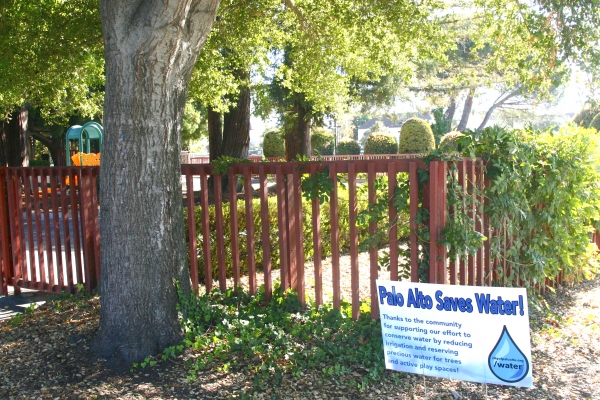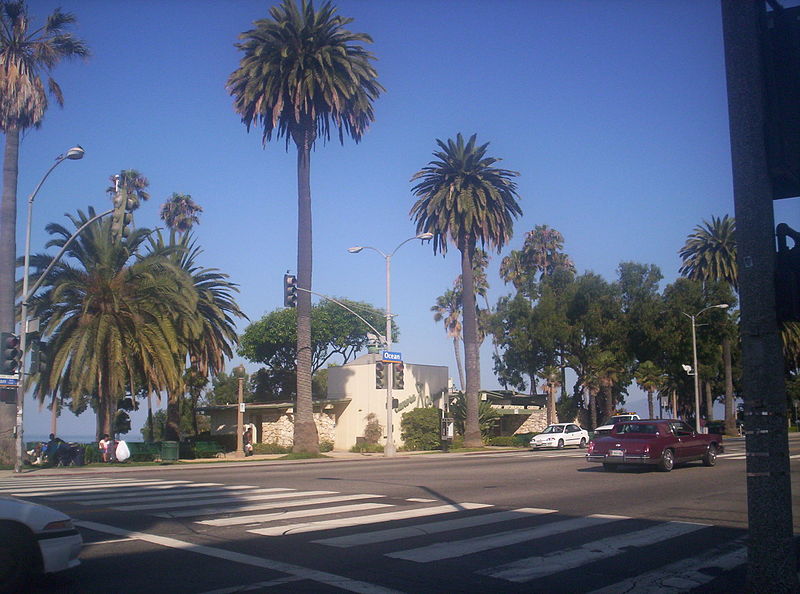
Four Flood Sensitive Species to Watch After Last Month’s Showers
Given our Southern California service area, we talk a lot about drought-tolerant trees. In the best of years, rainfall is light; in the worst, it


Given our Southern California service area, we talk a lot about drought-tolerant trees. In the best of years, rainfall is light; in the worst, it
Watch the Video Here: http://www.foxla.com/news/local-news/232272129-story POSTED:JAN 27 2017 10:10PM PST UPDATED:JAN 27 2017 10:10PM PST (FOX 11) – Winds were erratic throughout the day. In

More than two-thirds of the city’s urban forest is situated on private property, according to Michael Hawkins, a certified arborist and program director of environmental nonprofit Canopy.

Santa Monica is often heralded as one of the most tree-friendly cities in the country and that is a hard contention with which to argue
TreePeople volunteers water a tree at the Los Angeles Equestrian Center Martinez Arena in Griffith Park, Friday, July 31, 2015, in Los Angeles. As Californians

In fact, recent estimates by U.S. Forest Service suggest that the drought has killed off at least 12 million trees from National Forest lands. Before the end of the summer, millions more are expected to perish. And although they are not true trees, Joshua trees (Yucca brevifolia) – perhaps the most iconic denizens of the desert and well suited for amazingly arid conditions – are even starting to die, courtesy of the drought.

As we strive to cope with the current drought – which has now lasted about 4 years – we must be sure that our state’s street trees do not get lost in the shuffle. Not only do street trees improve property values, reduce crime and improve the health of those living near them, they help mitigate some of the effects of the drought.

Most of California’s trees have evolved to live in our periodically parched state. Some species, such as wax myrtles (Myrica californica), produce glossy leaves which reduce water loses, while others, such as black oaks (Quercus kelloggii), send roots deep into the ground to access water few other plants can.

The current Californian drought presents more problems than are apparent at first glance. One factor that contributes to the danger of wildfires is the fire-suppression strategies of the recent past.